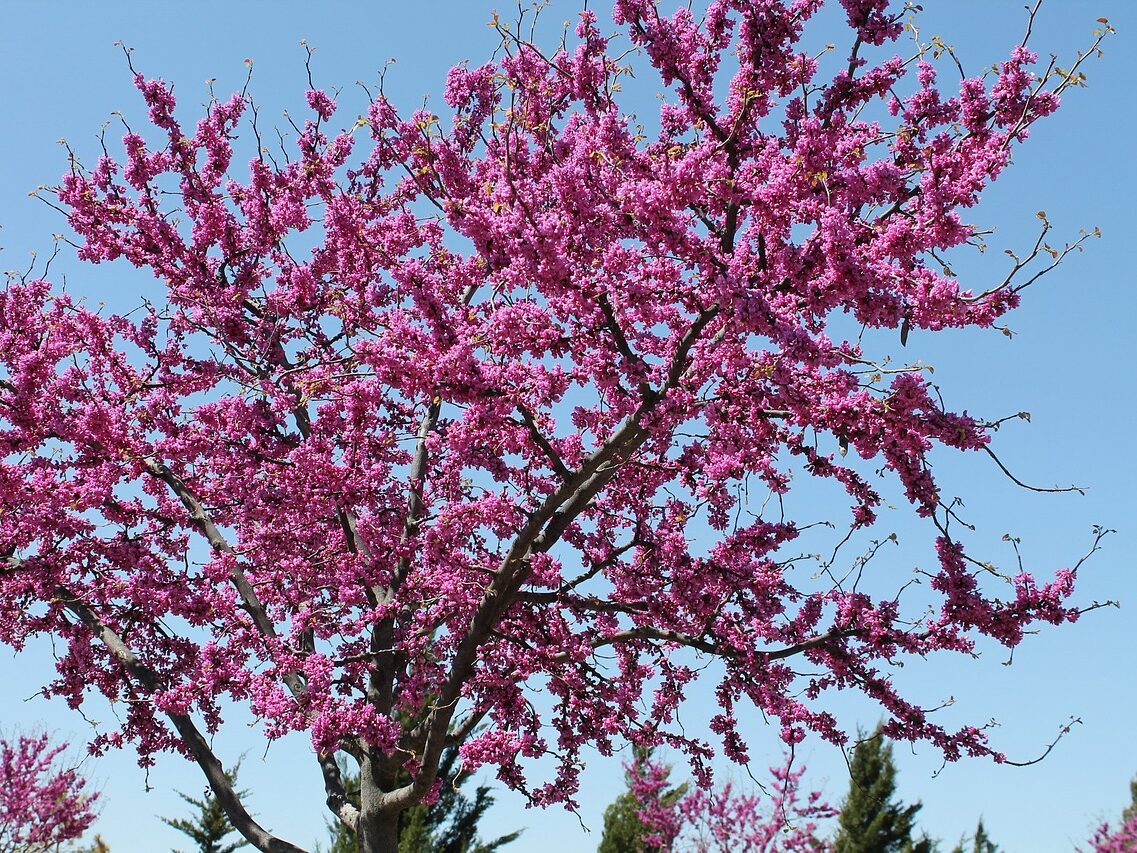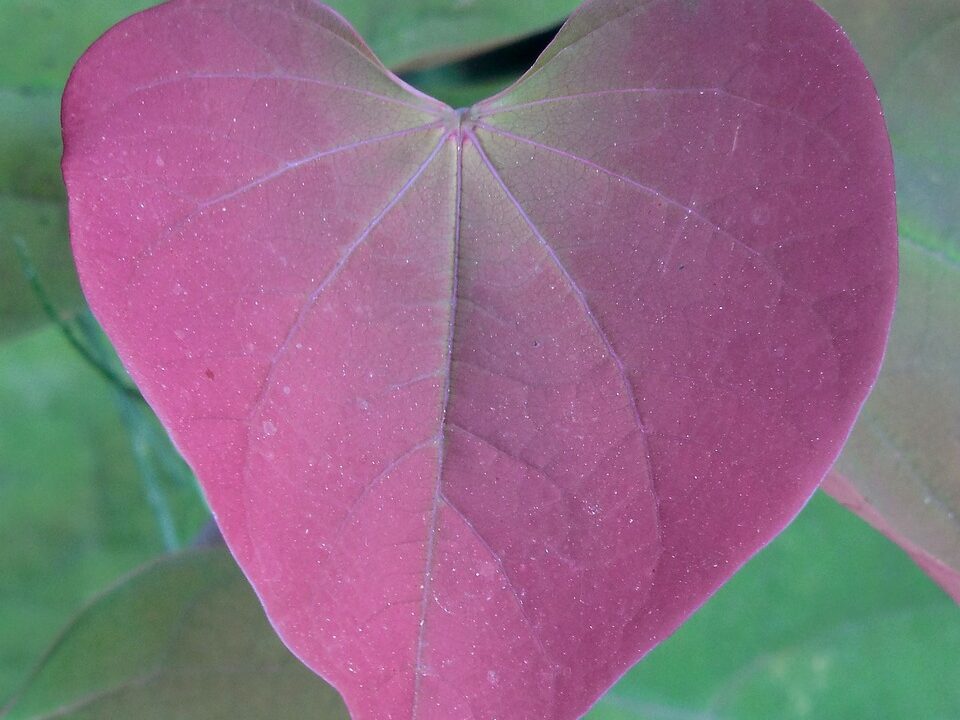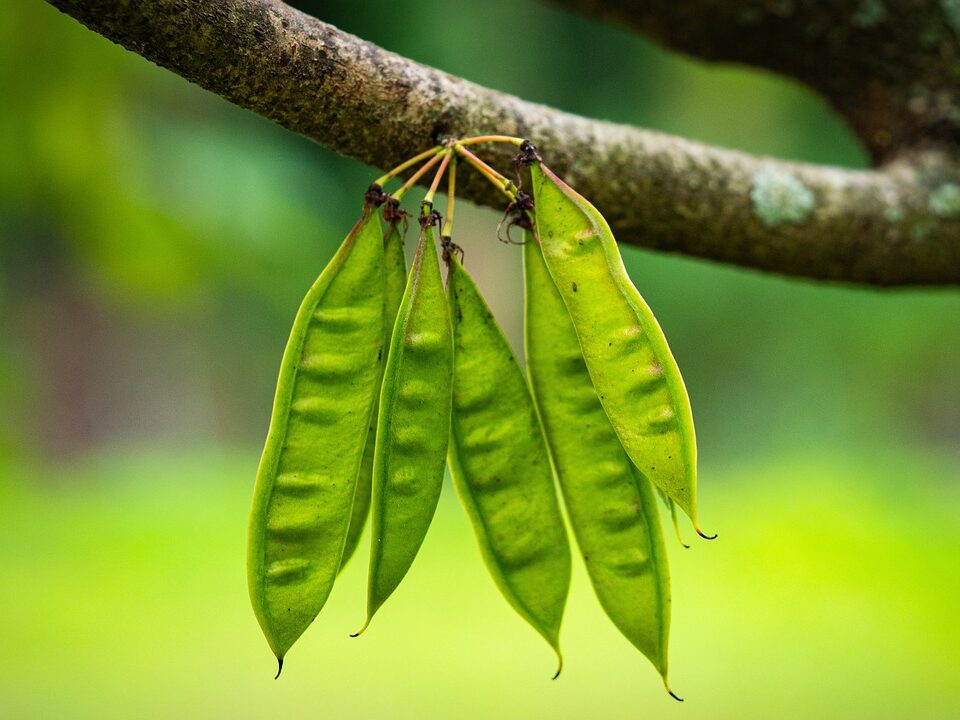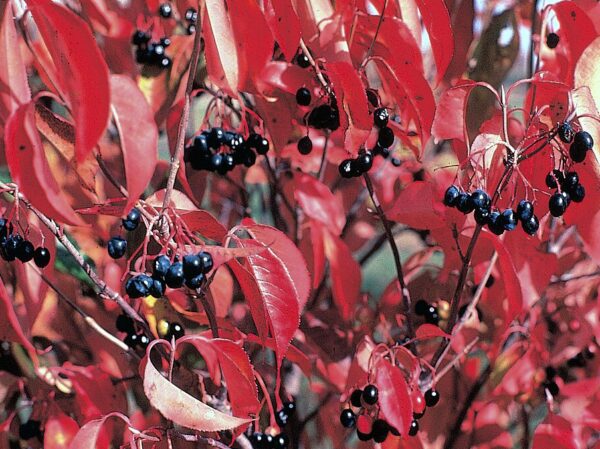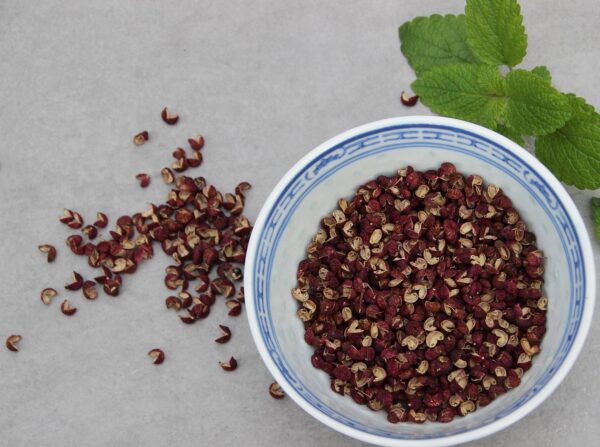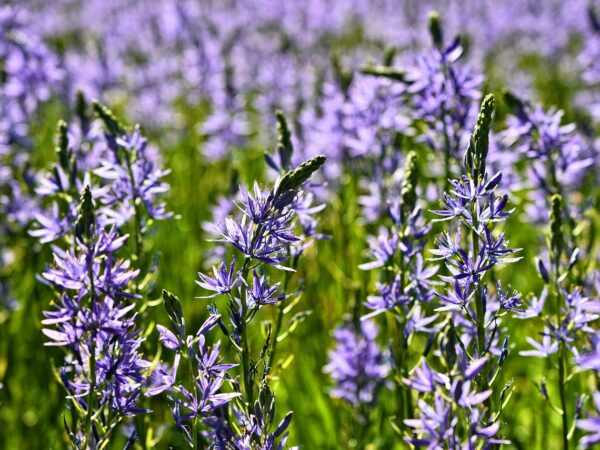Your cart is currently empty!
Additional Info
Complete Guide To The Eastern Redbud Tree:
Edible, Medicinal Landscaping – Eastern Redbud tree
Cold stratifying seeds using the paper towel method:
Studies:
A chemical foundation for Native American use of Cercis
canadensis…
Description
I’m originally from Texas. It’s a good place to be from, but it’s a better place to be away from. There’s not much that really gets me in the feels when I think about Texas, but flowering Redbuds are right up near the top of that list (just under proper Mexican food, probably). I mean, look at these photos – they’re remarkable – and even more so when they’re mature and right in front of you.
Coupled with it’s show-stopping display is the fact that it’s also a food source – the combination of which is why I imported these seeds. I like to call my style of gardening ‘permaculture with an emphasis on landrace gardening’. The truth is, I’m a lazy gardener and I want to put it the work now so that I eventually work myself out of a job. Cercis canadensis is one of those trees that helps me do that.
It’s a legume, actually. And while it’s one of only about 10% of legumes that don’t fix nitrogen, it produces edible leaves, flowers, and a edible seeds in an edible seed pod. While the seeds are only about the size of a lentil…have you ever tried growing lentils? The plants are tiny, there are only about two lentils per pod, and only two – three pods per plant. We literally couldn’t grow all the lentils we eat on our one little acre, especially if we wanted to grow something else at the same time.
BUT – if I have small-medium sized trees growing lentil-like pulses for me, then I neither have to grow them for myself, nor buy them in. Again, this gets us much closer to our goal of self-sustainability, while also fitting within our small footprint, and allows me time to read the third Dune book before the movie comes out because I’m impatient…
And there’s just something special about a food producing plant that’s not just pretty but, maybe, whimsical to look at.
The technical bits –
The Texas Redbud is a more compact, drought-tolerant growth habit than typical redbuds. In early spring, the bare branches are covered in small pink-magenta flowers, which are edible raw or cooked. They have a mild, slightly sweet, pea-like flavour and are excellent tossed through salads, scattered on desserts, or pickled. The young seed pods, while still green and tender, can also be eaten like snow peas. Mature seeds are also edible – but need a bit of processing. Let the seed pods dry out in a bucket long enough until they split, then winnow out the seeds.
Texas Redbud typically grows 3–5 metres tall with a spreading, rounded crown. It prefers full sun to part shade and well-drained soil, tolerating clay and periods of drought once established. It is cold-hardy to about -20°C and needs moderate winter chilling for good flowering.
Germination and Cold Stratification:
Seeds have a hard coat and dormant embryo. Begin by scarifying (e.g. with a brief hot water soak), followed by 8-12 weeks of cold, moist stratification at 1-5°C. After chilling, sow in warm soil (20-25°C). Germination can take 2-5 weeks.
Outdoor Stratification Tip:
Seeds can be sown into trays or pots in autumn and left in a sheltered, rodent-proof spot outdoors. Natural winter chilling will break dormancy, and germination should begin in spring as temperatures warm.
